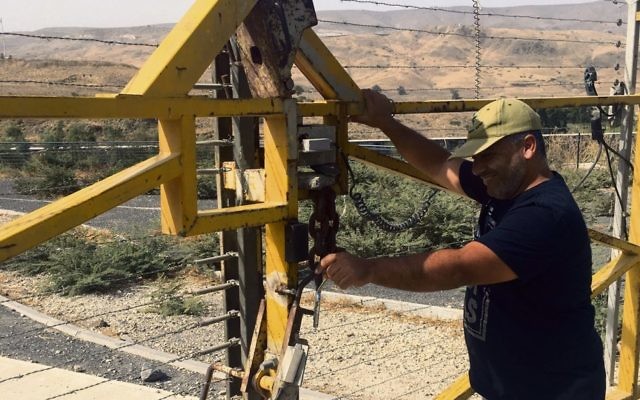Israel caught off-guard by Jordan
Israel's friendliest neighbour, Jordan, has announced that it is backing out of an agreement made when it signed the 1994 peace treaty.

ISRAEL’S friendliest neighbour has delivered a major snub, by announcing its intentions to end an arrangement that came to symbolise its peaceful attitude towards the Jewish state.
Jordan has announced that it is backing out of an agreement made when it signed the 1994 peace treaty with Israel.
The two countries came up with a unique arrangement to allow Israeli farmers to carry on cultivating two areas that were passing from Israeli to Jordanian control.
But with anti-Israel sentiment high among the Jordanian public and in Jordanian politics, King Abdullah announced on Sunday that when the arrangement comes up for renewal next year, he will refuse to sign.
He described this week’s decision as “emanating from our keenness to take whatever is necessary for Jordan and Jordanians”.
Israeli Prime Minister Benjamin Netanyahu noted that Jordan is within its rights to end the arrangement without undermining the peace treaty, but said he will try to persuade Abdullah to reconsider.
Analysts believe that Abdullah decided to shun Israel in a desperate bid to increase his popularity. “This is a result of pressures that are mounting in Jordan over recent months,” Oded Eran, former Israeli ambassador to Jordan, told The AJN.
At one of the plots of land in question, a 200-acre parcel just south of the Sea of Galilee known as Naharayim, Eli Arazi was disappointed this week.
He lives on the kibbutz that farms the plot, and was a member of the Israeli negotiating team that thrashed out the peace deal with the Jordanians in the 1990s.
He told The AJN: “We have agricultural lands and we’re losing them, plus there is lots of tourism that we don’t want to say goodbye to.” In a broader sense, he was saddened about the significance of the decision.
“I think this model is a very special model that doesn’t exist anywhere in the world, as everywhere else if this is the border here’s one state and here’s the other,” he said as he drew a map of Israel and Jordan in the dust on his car to illustrate his point.
“Here it’s not like that – all of this is under Jordanian sovereignty but we are the landowners with full rights.”
The architects of the peace treaty, King Hussein and Yitzhak Rabin, came up with the unusual arrangement that gave Jordan land that Israel had controlled for the preceding four-and-a-half decades, but let Israelis keep their land ownership rights.
Arazi’s kibbutz, Ashdot Yaakov Ichud, farmed Naharayim before and after the treaty.
“This is an example that when there’s goodwill you can get to agreements that are good for both sides, and this is the greatness of Rabin and Hussein. They were giants, they really were.”
NATHAN JEFFAY

comments